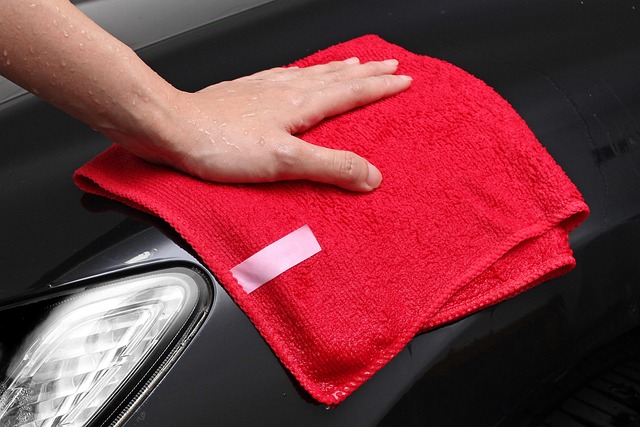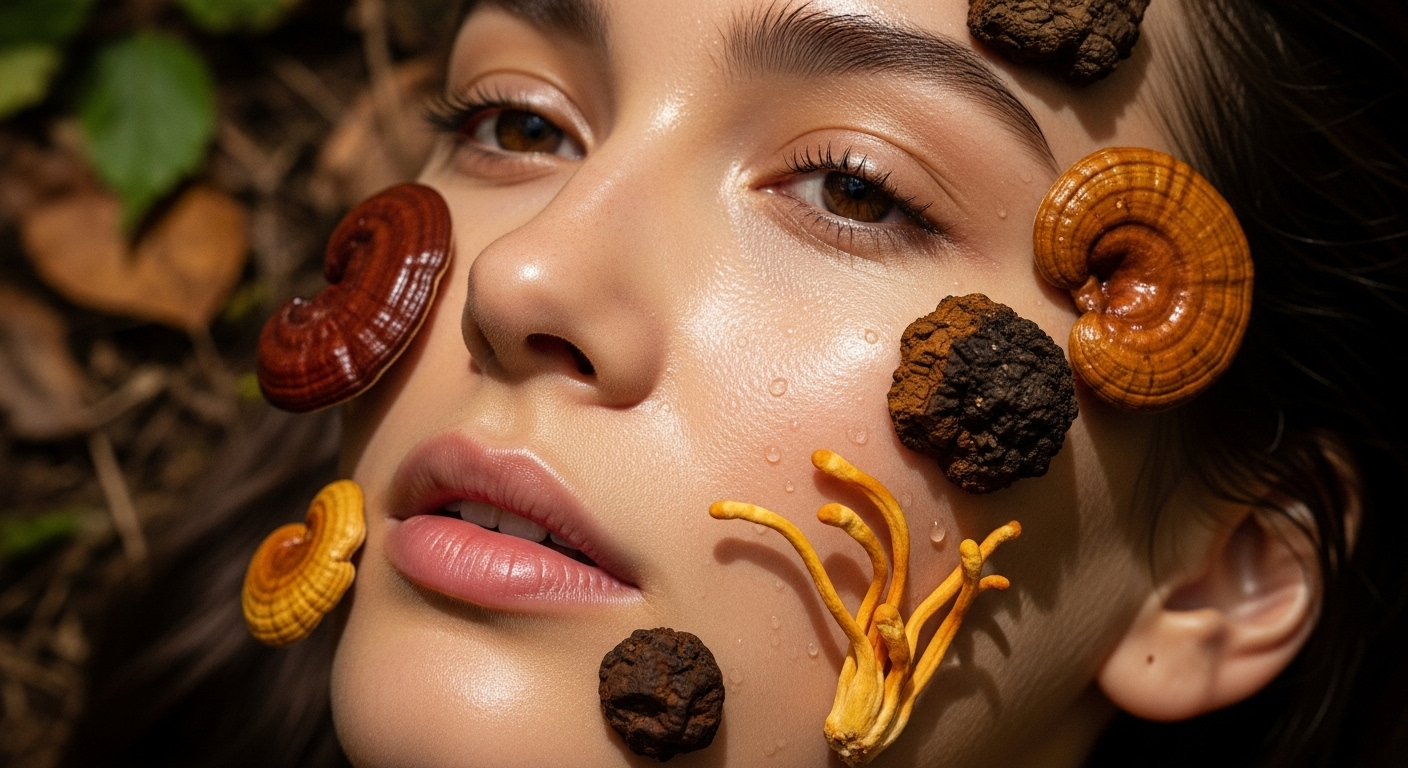Harnessing Hydrophobic Coatings in Automotive Paint Technology
The gleaming finish of a freshly waxed car has long been a symbol of automotive pride. But what if that pristine shine could maintain itself, repelling water, dirt, and grime with minimal effort? Welcome to the world of hydrophobic coatings, a cutting-edge technology revolutionizing automotive paint protection and maintenance.

The Science Behind Hydrophobic Coatings
Hydrophobic coatings work on the principle of surface tension. At a microscopic level, these coatings create a surface that’s incredibly smooth and non-polar. Water droplets, being polar molecules, cannot adhere to this surface easily. Instead, they bead up and roll off, taking dirt and contaminants with them.
The technology behind these coatings has roots in nature. The lotus leaf, known for its self-cleaning properties, inspired scientists to develop synthetic materials that mimic this effect. By creating a surface with nano-scale roughness and low surface energy, hydrophobic coatings achieve a similar water-repelling effect.
Evolution of Automotive Paint Protection
Traditionally, car owners relied on waxes and sealants to protect their vehicle’s paint. While effective, these methods required frequent reapplication and didn’t offer long-lasting protection against environmental factors.
The introduction of ceramic coatings marked a significant advancement, offering longer-lasting protection. However, hydrophobic coatings take this a step further. They not only protect the paint but actively repel water and contaminants, making maintenance significantly easier.
Application Process and Durability
Applying hydrophobic coatings requires precision and expertise. The process typically involves thoroughly cleaning and decontaminating the vehicle’s surface, followed by paint correction if necessary. The coating is then applied in thin, even layers and allowed to cure.
Once cured, these coatings can last for years, far outlasting traditional waxes and sealants. Some high-end coatings claim durability of up to five years or more with proper maintenance. This longevity makes them an attractive option for car owners looking for long-term protection.
Benefits Beyond Water Repellency
While the water-beading effect is visually striking, hydrophobic coatings offer numerous other benefits. They provide excellent protection against UV rays, preventing paint oxidation and fading. Chemical resistance is another key advantage, safeguarding the paint from acidic contaminants like bird droppings and tree sap.
Moreover, these coatings enhance the paint’s gloss and depth, giving the vehicle a showroom-quality finish that lasts. For classic car enthusiasts and collectors, this technology offers a way to preserve their vehicles’ appearance without compromising originality.
Impact on Car Washing and Maintenance
One of the most significant advantages of hydrophobic coatings is their effect on car washing and maintenance. The self-cleaning properties mean that light dirt and dust often wash away with rain or a light spray of water. When washing is necessary, it becomes a quicker and easier process, as contaminants don’t adhere strongly to the surface.
This ease of maintenance not only saves time but can also be more environmentally friendly. Less frequent washing means reduced water usage and fewer detergents entering the ecosystem. For commercial fleets, this can translate to significant savings in time and resources dedicated to vehicle maintenance.
Challenges and Considerations
While hydrophobic coatings offer numerous benefits, they’re not without challenges. The initial application process can be time-consuming and requires skill to ensure even coverage. Professional application is often recommended, which can be costly.
Additionally, while these coatings are durable, they’re not indestructible. Improper washing techniques or the use of harsh chemicals can degrade the coating over time. Educating car owners on proper maintenance is crucial to maximize the coating’s lifespan.
Future Developments and Trends
The field of hydrophobic coatings is rapidly evolving. Researchers are working on even more durable formulations and exploring ways to incorporate additional functionalities. Self-healing properties, where minor scratches disappear over time, are already being integrated into some high-end coatings.
Another exciting development is the combination of hydrophobic properties with other protective features. For instance, coatings that offer both water repellency and enhanced scratch resistance are in development, promising even more comprehensive paint protection.
Environmental Impact and Sustainability
As the automotive industry moves towards more sustainable practices, the environmental impact of hydrophobic coatings is under scrutiny. Many manufacturers are developing eco-friendly formulations, free from harmful chemicals and VOCs (Volatile Organic Compounds).
The reduced need for frequent washing and the longevity of these coatings contribute to their sustainability profile. However, the long-term environmental effects of nano-materials used in some formulations are still being studied, prompting ongoing research into biodegradable alternatives.
Conclusion
Hydrophobic coatings represent a significant leap forward in automotive paint protection technology. By offering superior protection, ease of maintenance, and long-lasting results, they’re changing how we approach vehicle care. As the technology continues to evolve, we can expect even more innovative solutions that not only protect our vehicles but also align with environmental sustainability goals. For car enthusiasts and everyday drivers alike, hydrophobic coatings offer a glimpse into a future where keeping your car looking its best is easier and more effective than ever before.





